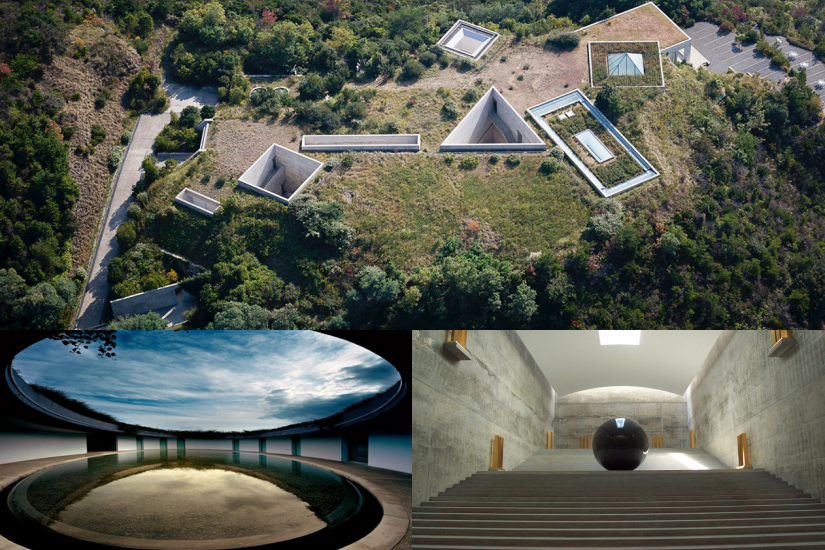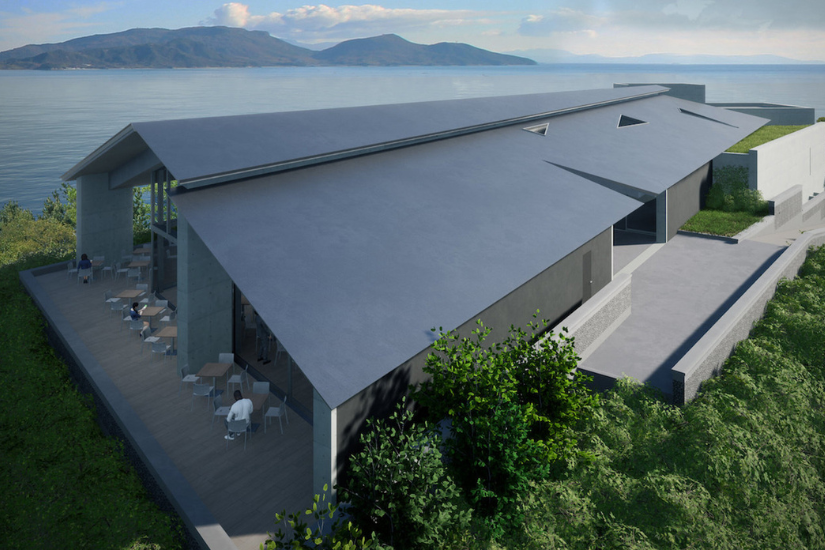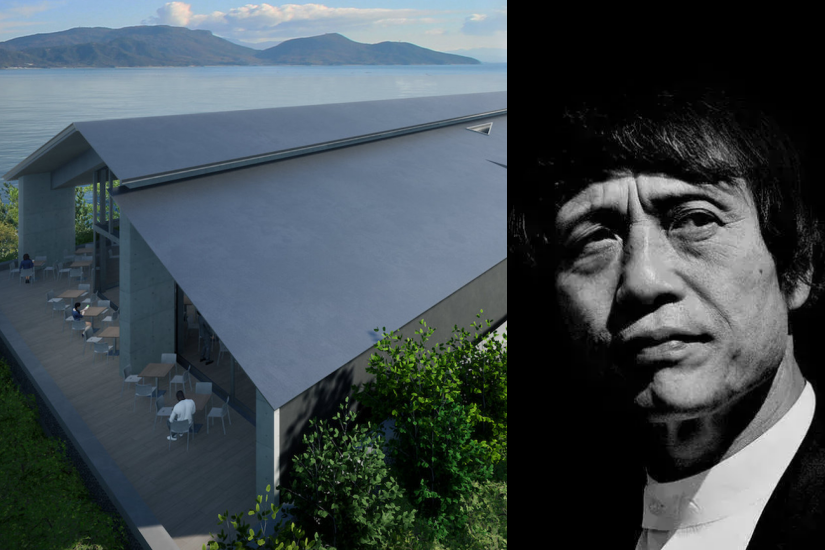Naoshima, located in the Seto Inland Sea of Japan, is known as a modern art sanctuary for its collection of masterpieces and the triennial Setouchi International Art Festival. It attracts a large number of art enthusiasts to visit and pay homage, such as the Japanese architectural master Tadao Ando (あんどう ただお / Andou Tadao), who has created 9 buildings on Naoshima. The 10th building is set to be completed in 2025, making Naoshima the place with the highest concentration of Tadao Ando’s architectural works, a must-visit destination for Tadao Ando fans!
Throughout, Tadao Ando has always been very fond of the culture and scenery of Naoshima, so his latest architectural work is located on a hill in Naoshima, Japan, with a total area of over 3000 square meters, named “Naoshima New Art Museum” (temporary translation), a museum that connects the island’s art and cultural facilities!
But before this new building emerged, Tadao Ando actually had many design footprints on Naoshima: from the 1992 Benesse House Museum, Chichu Art Museum, Valley Gallery to the latest Naoshima New Art Museum, all of which combine consistent design elements such as “light and shadow” and geometric shapes, placing a strong emphasis on harmonizing and integrating with the surrounding environment.

Further Reading:
- 【2024 Paris Olympics】The Olympics are about to open! France’s thoughts everywhere, introducing 8 major highlights!
- 2024 Cosme first half of the year beauty awards announced! Revealing the latest beauty trends, this “monster rookie” foundation tops the list!
- Visit the Taiwanese version of the Palace of Versailles and the dreamy Bubble Grass for a check-in! Pure white castle / brand new children’s play area
From the architectural drawings, it can be seen that the outline is designed in a rectangular shape, with a total of three floors. The long roofs on both sides are connected to the surrounding mountains; and the roof and geometric triangular skylights allow clear light and shadow to enter the interior. There is also a resting space for a café, where you can look out at the scenery through curtain glass and outdoor spaces, embodying the architectural style of Tadao Ando.

His architectural design has transformed the almost abandoned remote island into an art hub, showcasing contemporary art from Asia, including Japan, and hosting various events; this iconic architectural site also allows people to immerse themselves in the charm of nature.

